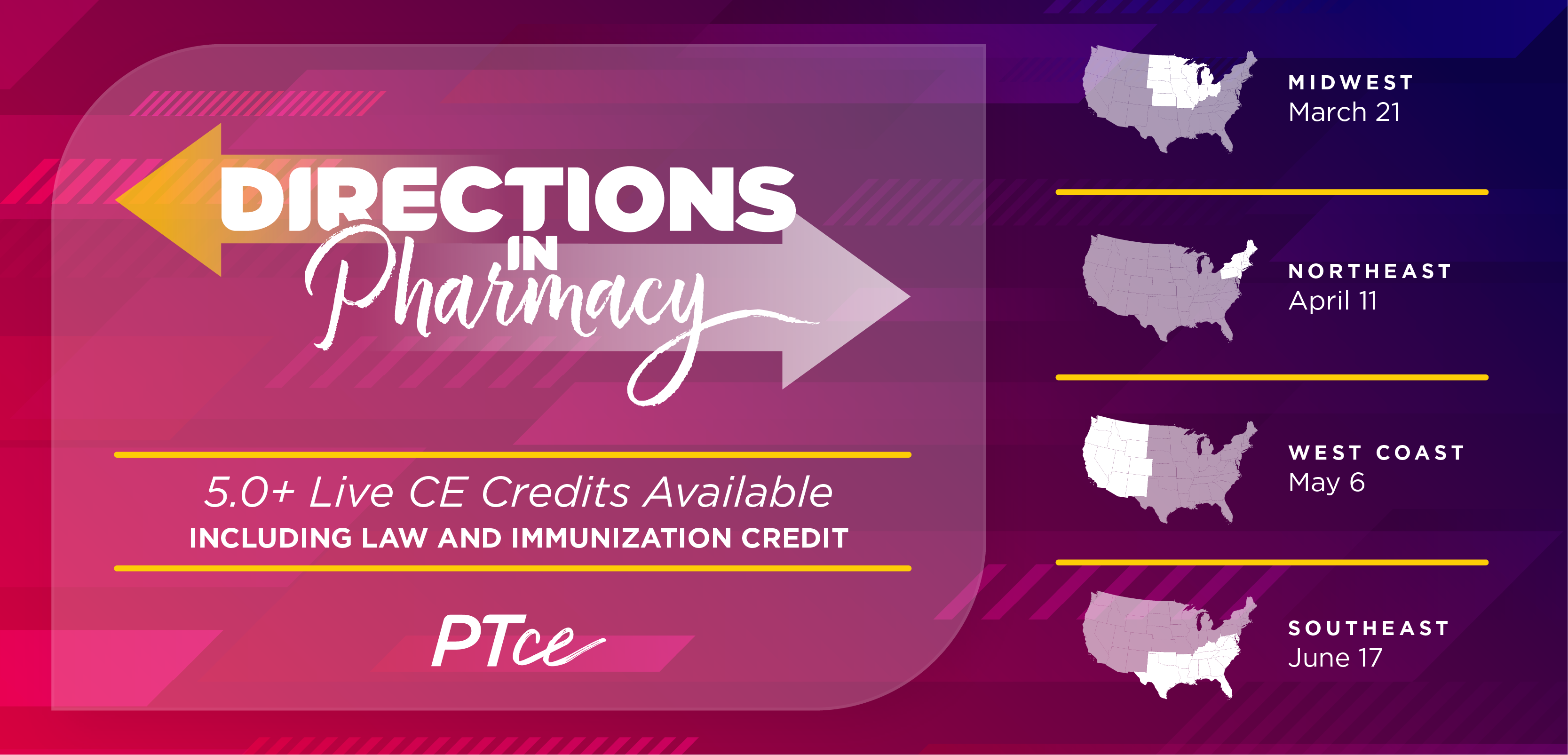
Vulnerable Patients and the Burden of Pneumococcal Disease
An expert discusses how pharmacists can identify high-risk patients for pneumococcal disease by reviewing medication profiles for immunosuppressants and using electronic medical record vaccine tracking tools, while emphasizing that vulnerable populations face higher morbidity, mortality, and hospitalization rates compared with healthy individuals.
Episodes in this series

Video content above is prompted by the following:
High-risk populations for pneumococcal disease have expanded significantly following the October 2024 Advisory Committee on Immunization Practices recommendation to lower the vaccination age from 65 to 50 years for adults. This change reflects growing evidence of pneumococcal disease burden in younger adults and the need for earlier protection. Children younger than 2 years remain at highest risk due to immature immune systems, whereas adults with chronic conditions including heart disease, lung disease, liver disease, diabetes, and immunocompromising conditions face elevated risks.
Pharmacists are uniquely positioned to identify high-risk patients through medication profile reviews, particularly when patients fill prescriptions for chemotherapy agents, immunosuppressants, or biologic medications. Electronic medical record integration and vaccine-fostering tools help clinicians analyze patient vaccine histories and generate appropriate recommendations. Medication therapy management sessions and health screenings provide additional opportunities for vaccine counseling and administration.
The clinical impact of pneumococcal disease varies significantly between healthy individuals and high-risk populations, with the latter experiencing higher rates of severe complications, hospitalization, intensive care unit admissions, and mortality. Long-term consequences including neurologic damage, hearing loss, and death emphasize the critical importance of prevention through vaccination. High-risk patients typically require longer hospital stays and experience more complicated disease courses, making prevention through vaccination both clinically and economically beneficial for health care systems and patients.
Newsletter
Stay informed on drug updates, treatment guidelines, and pharmacy practice trends—subscribe to Pharmacy Times for weekly clinical insights.












































































































































































































